If you stand still long enough, a lichen might take a likin' to you! Often found on rocks, trees, fences, homes and a variety of other immobile objects, lichens define the forests of the Pacific Northwest. Their neon greens, oranges, and yellows light up even the darkest of forests on rainy days. When spring rains soak the junipers at Whychus Canyon Preserve, the bright green lichen on the junipers appears even brighter.
Lichens take a long time to form and grow. Some are considered to be the oldest living organisms on the planet. In preparation for our February Nature Night, here are five fun facts about lichens:
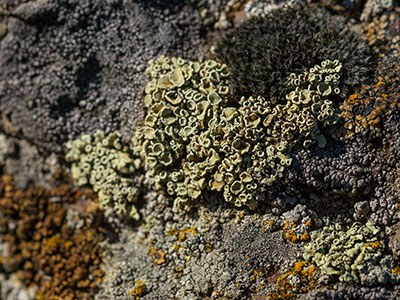
1. Lichens are formed by a relationship of two organisms, an alga and fungus. The color of lichen is determined by the alga it contains.
Photo: Gary Miller.
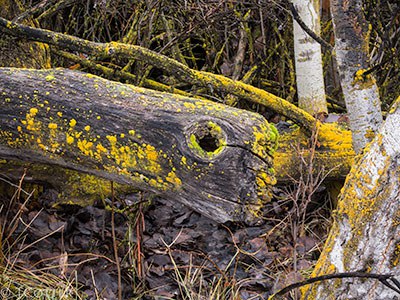 2. Lichens are a great indicator of air quality. Lichens absorb everything around them like air, water, pollutants, and nutrients. Toxins can be extracted from lichens and scientists can determine the levels of those toxins in the atmosphere. Photo: Tim Cotter.
2. Lichens are a great indicator of air quality. Lichens absorb everything around them like air, water, pollutants, and nutrients. Toxins can be extracted from lichens and scientists can determine the levels of those toxins in the atmosphere. Photo: Tim Cotter.
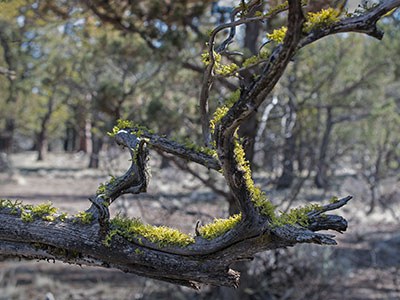
3. Lichens can grow on a variety of things, including rocks, trees, houses, and soil. Lichens can even colonize sand dunes! If dunes are stable for long enough, soil crusts can form and allow for lichens to grow on top of them. Photo: MA Willson.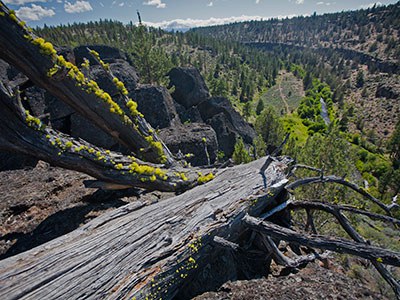 4. There are thought to be more than 3600 species of lichen in North America! Now that is a lotta lichen. Photo: Jay Mather.
4. There are thought to be more than 3600 species of lichen in North America! Now that is a lotta lichen. Photo: Jay Mather.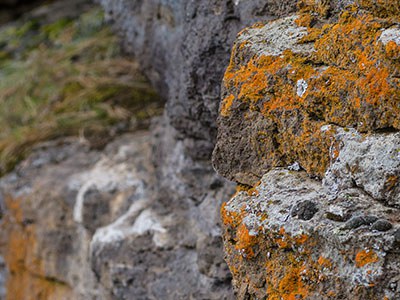 5. Throughout history, humans have used lichens for a variety of purposes including for clothing and decoration, and even for eating. Lichens are used today in toothpastes, deodorants, salves and other products and are researched for their antibiotic properties. Photo: Gary Miller.
5. Throughout history, humans have used lichens for a variety of purposes including for clothing and decoration, and even for eating. Lichens are used today in toothpastes, deodorants, salves and other products and are researched for their antibiotic properties. Photo: Gary Miller.
How many different lichens can you find out at our Preserves?
Source: United States Forest Service, http://www.fs.fed.us/wildflowers/beauty/lichens/index.shtml


